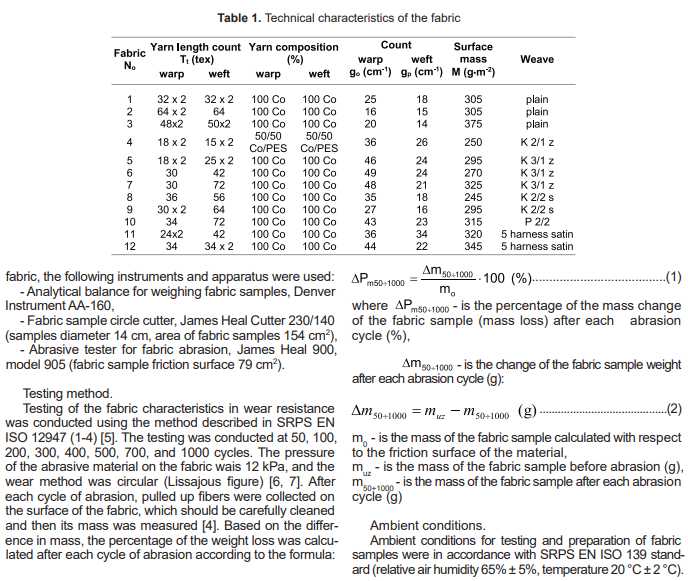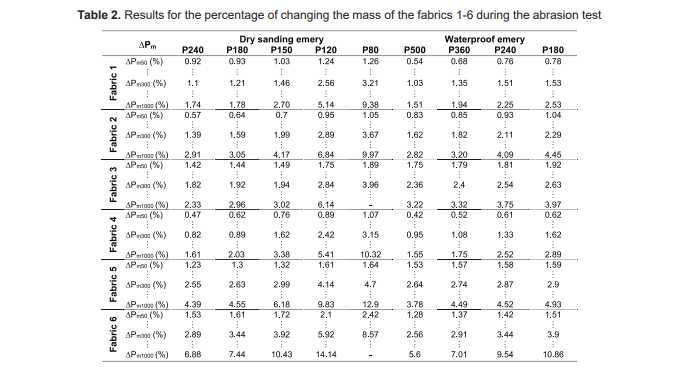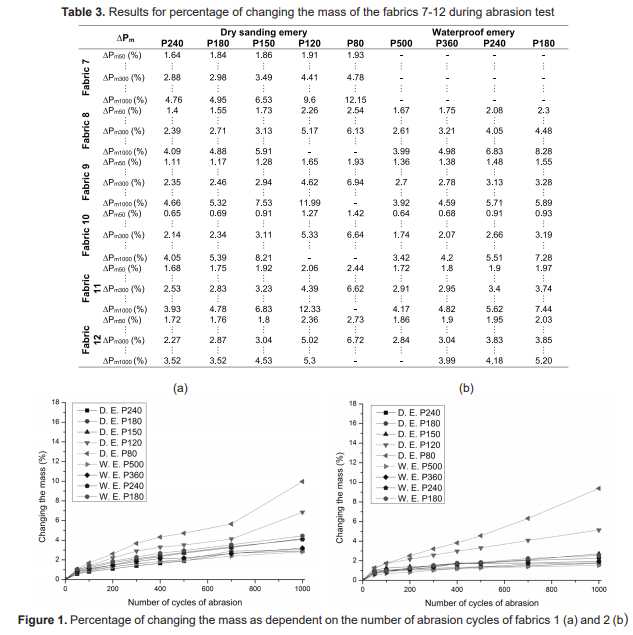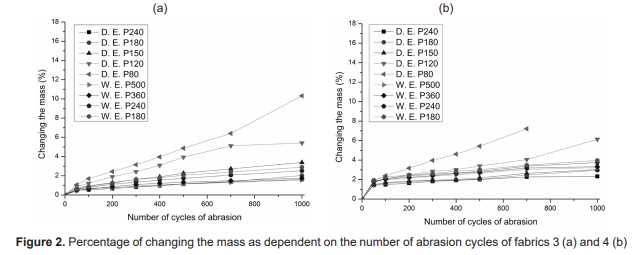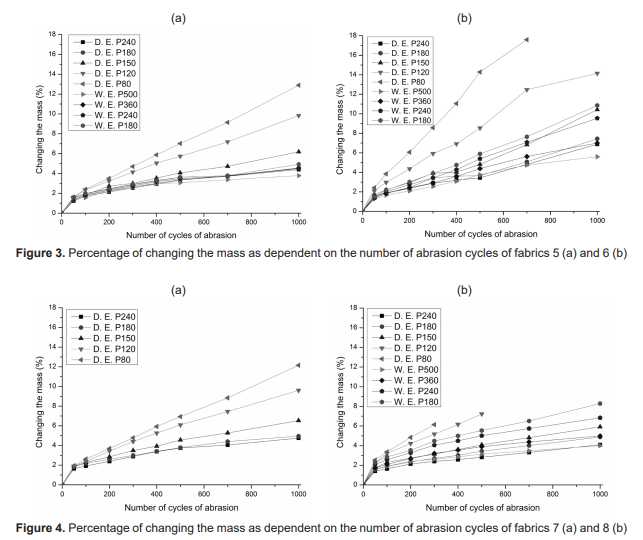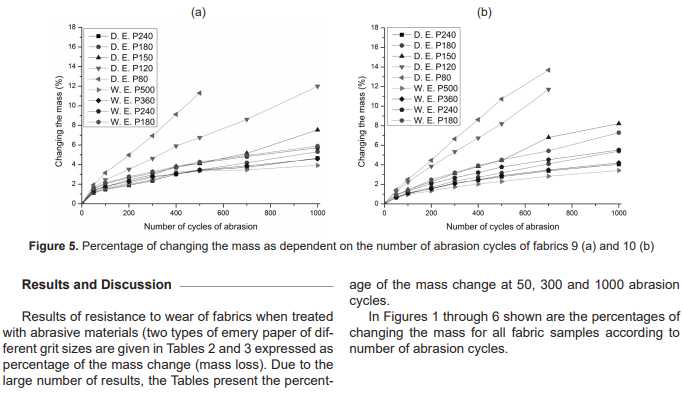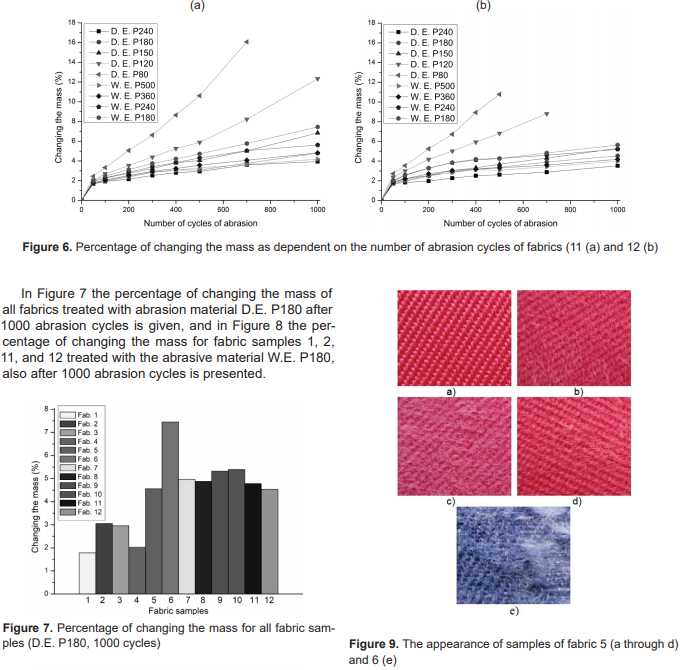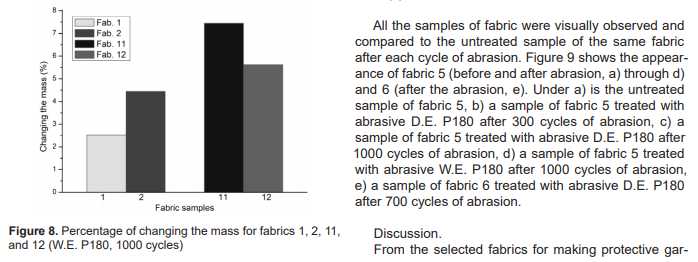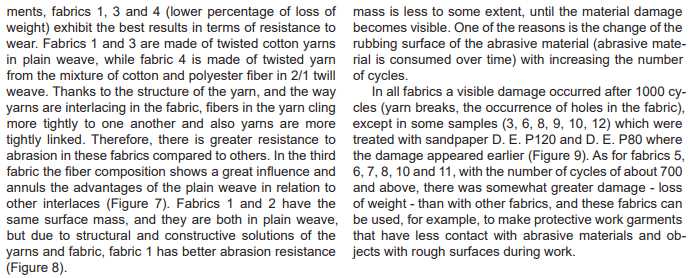THE IMPORTANCE OF THE RESISTANCE TO WEAR IN THE CHOICE OF FABRICS FOR PROTECTIVE GARMENTS

The increasing production of protective equipment that requires increased security for work in harsh operating conditions has led to the development of the fabric with high resistance to wear, with the improvement of other features.
Protective clothing for workers, soldiers, police officers, firefighters and others is exposed to daily wear and in specific areas (elbows, shoulders, knees, the edges of legs and the like.), so it is necessary that it is highly resistant to abrasion.Wear is only one of the factors that influence the shabbiness i.e., the durability of the fabric.
The resistance to abrasion and friction of the fabric is a very complex concept because during the use of clothing,different stresses, friction and wear emerge. This resistance is important because it enables a longer lifetime when wearing clothes. It is similar to surface products for bedding,furniture and technical purposes. The abrasion resistance is the resistance by which the fabric or other textile material opposes the deterioration due to wear under certain conditions. Taking into account the degree of changes on the surface of the fabric which can be reflected in changes of physical properties and changes in the structure of the fabric.
Materials and methods:
Fabrics used. For testing the wear resistance of fabrics,eleven different cotton fabrics were selected and one from a mixture of cotton and polyester fiber intended for the production of protective work clothing (military, police, firefighters,construction workers, car mechanics, electricians, etc.).All fabrics were dyed and finished by the same agents and in a conventional way for fabrics for this purpose. Technical characteristics of the fabric, according to SRPS F.C0.011,SRPS F.C0.012 and ISO 2959 are given in Table 1.
Abrasive material. For the abrasion of the fabrics, the following abrasive material was used: emery paper from the Greek producer Smirdex®, two different types (dry emery paper and waterproof emery paper) and with different grit sizes (P) defined according to ISO 6344 standard:
- Dry sanding emery 510: P240, P180, P150, P120, P80;
- Waterproof emery 270: P500, P360, P240, P180.
The diameter of the sandpaper used to treat the fabric was 3 cm (area 7 cm2).
Preparation of the samples. The samples were taken from used materials (fabrics) in accordance with the SRPS EN 12751 standard. This standard defines the conditions, places and quantities of the material necessary for the analysis.
Testing equipment. To test the wear resistance of the
2018-12-13 17:18

